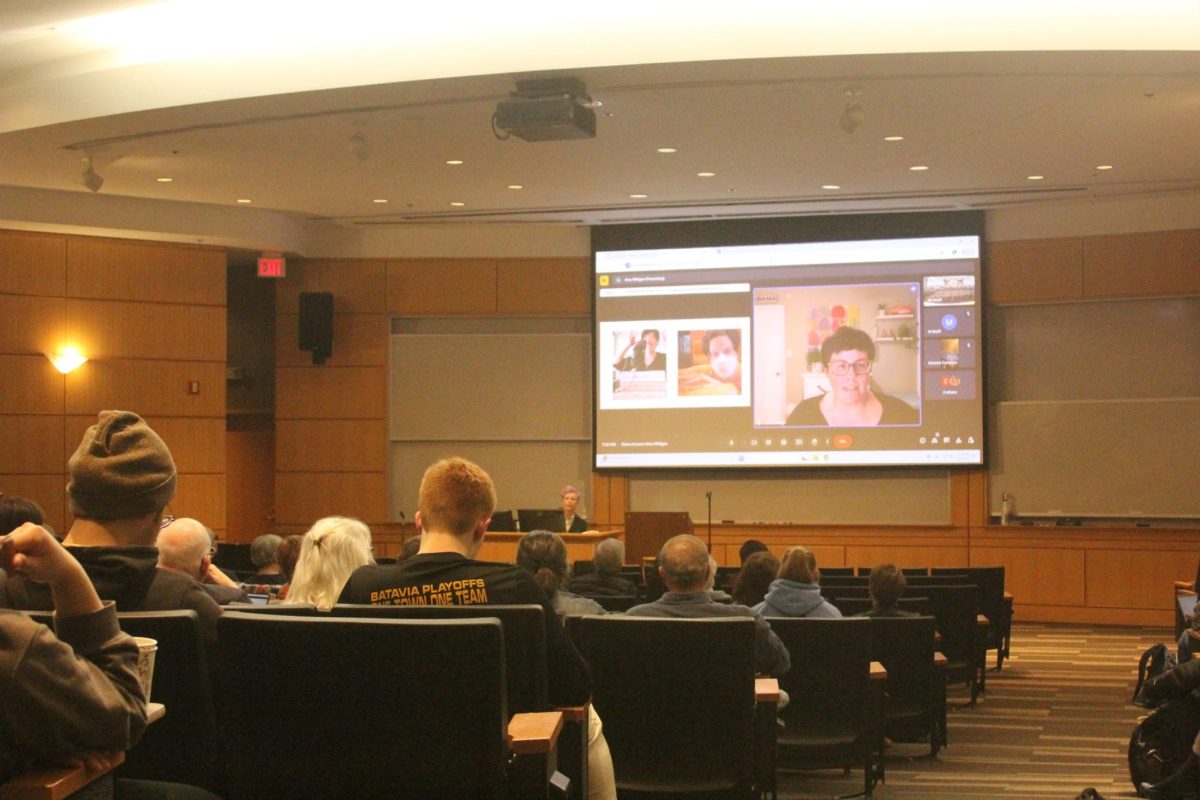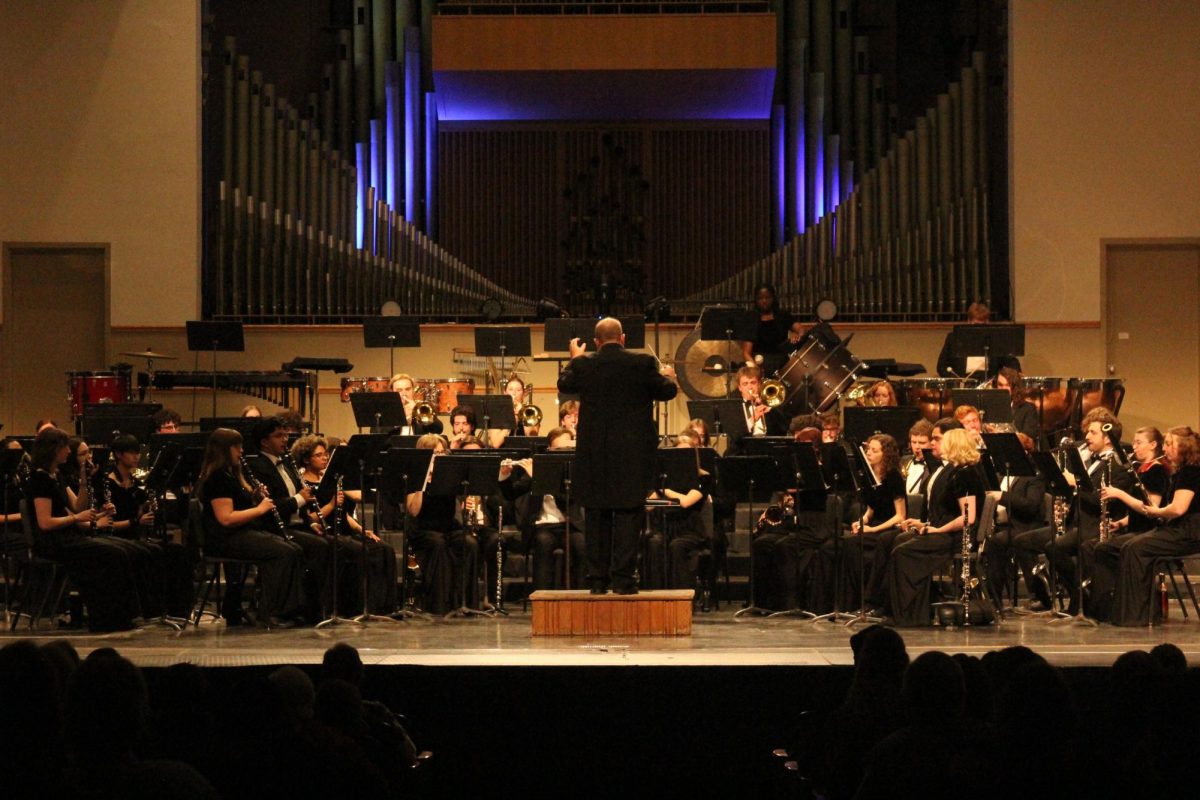Can graphic novels assist with higher education?
October 15, 2021
Graphic novels are a style of book that are often associated with superheroes and action figures. But what if graphic novels could be applied to any genre rather than be limited to action and fantasy? Many authors are adopting this ideal because including another imaged form of work helps explain real-life events.
World-renowned graphic novel author Paul Gravert has decided to adapt a series of stories into a best selling graphic novel. In his new book, “Graphic Novels, Everything You Need To Know,” he strays from the stereotypical superhero standard and dives into real-world issues. The cycles of life, both positive and negative, are explored in this piece and put under a microscope. In his book we get a glimpse of everyday life prescribed in pages.
When people ponder the idea of graphic novels, the thought of emotion and imagery comes to mind. Readers of these pieces are typically looking for an exit from their normal lives. Worlds of superheroes saving the day or justice being served are real page turners.
Real-life situations can be page turners too. A New York Times article written by Melina Delkic addresses this issue. In her article, Delkci includes a quote from Gal Beckerman, an editor for the book review for the New York Times, “there’s this beautiful economy that happens with pictures and images when you combine them with words or the absence of words,” Beckerman says to Delkic. Mr. Beckerman is absolutely right, when pictures and words are blended a new story is created.
The topic of whether graphic novels are a tool for real life is still being discussed. Augustana contemplated this as well, with Isabela Oliveira exploring the subject of graphic novels for symposium day this fall. Oliveira discussed primarily connecting life experiences with this art form and how it can be an asset for writers.
Two quotes that stood out during Oliveira’s presentation were when she said, “graphic novels can be considered forms of memory,” and later on she says “they can merge past and present.” These two quotes reference a main part of Oliveiras presentation, graphic novel use in higher education. Novels that were highlighted were predominantly historical fiction, and discussing traumatic events and historical triumphs might be more lighthearted with images involved. Having images present can allow readers to see the emotion and depth of individuals affected by these events from the past.
“Graphic novels require high levels of engagement, contrary to popular belief,” Oliveira said. To explain this point she used historical fiction-themed graphic novels, one that touched on a Japanese internment camp. Historical fiction can be considered a dark topic at times and involves a lot of depth. Graphic novels of this genre bring emotional connection to the table rather than other books produced. The images can stress emotions rather than memorization and having a visual aid is helpful in truly understanding the piece. Graphic novels are more than just pictures, they are a new way of understanding a story.
During the question and answer portion of the event, this main point was explored more. Oliveira highlighted some more novels that were based on historical and social issues that are relevant today. The speaker also mentioned that many of the authors have backgrounds in other majors that aren’t associated with art.
Majors like business and science were credited in the speech and gave the audience the insight that graphic novels are produced in every subject matter. Graphic novels can be helpful to convey more complicated emotions and timeline. For instance, images in historical fiction can help readers follow the storyline and better understand how characters emotionally respond to injustice. According to Oliveira, graphic novels are especially useful when experiences are difficult to put into words. In some instances, an image is truly worth a thousand words.
Both Oliveira and Gravert maintained that graphic novels can be key in preserving the past and describing difficult life events. In Gravert’s book many topics are talked about, ones that you would not typically expect for a graphic novel. Childhood trauma, rising above suburbia, finding your life’s passion and growing up in general are all topics included in this piece.
Graphic novels can be so versatile. They can be used to escape and explain reality and be a tool to preserve the past. Having an image gives a glimpse into the author’s mind and allows readers a perspective that isn’t offered with most books. Graphic novels are becoming more popular with authors and readers alike. Many stories are adapting a graphic novel version to enhance the story further than what it was. Stories like the “Wizard of OZ,” “Percy Jackson” and “To kill a mockingbird” have all produced a graphic novel version.
Augustana will be offering classes that more deeply explore graphic novels as tools for higher education. HONR-301-Imagination will be offered this J-Term, and in the spring ENGL-310-Adolescent Literature and LSC-250-Vocational Discernment will analyze graphic novels and other works of visual art. These courses will offer an insight into the world of graphic novels and how they can be an asset in the world of higher education.



































































































